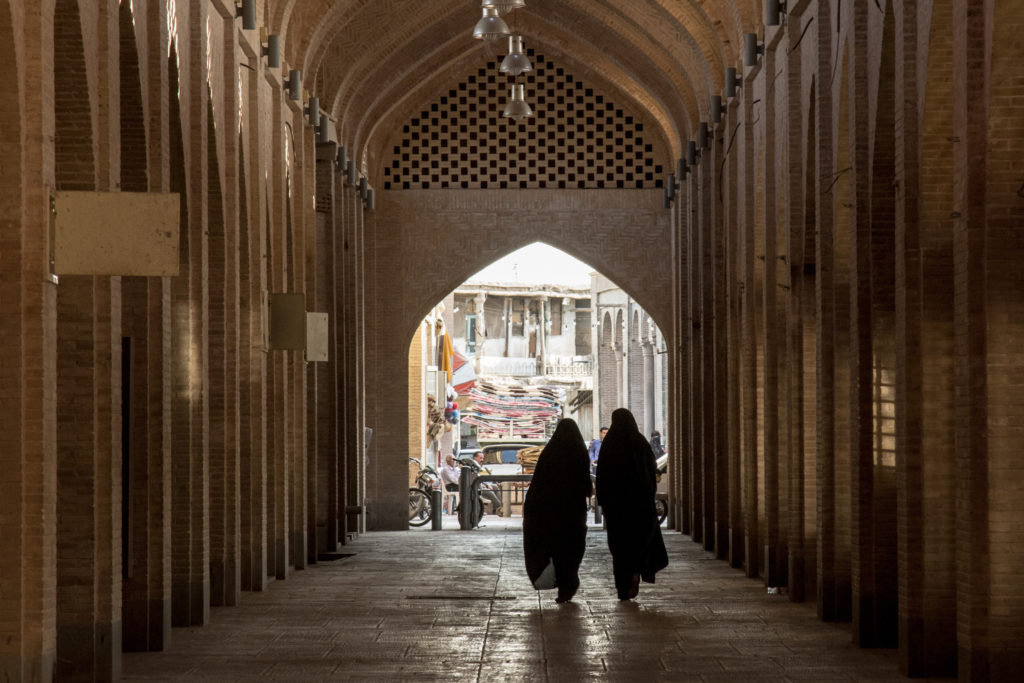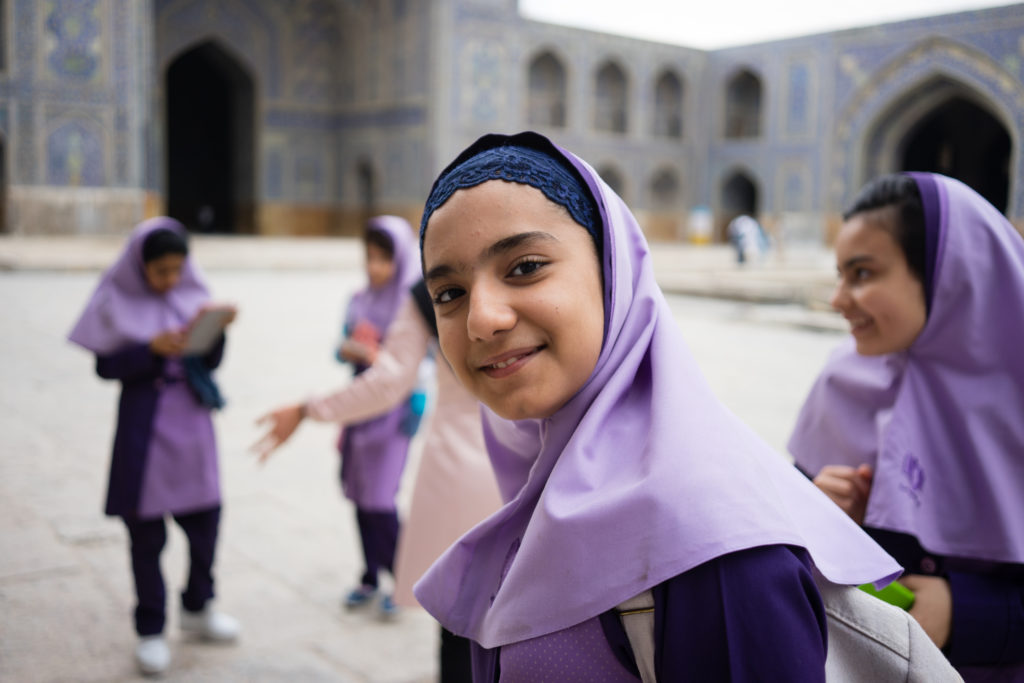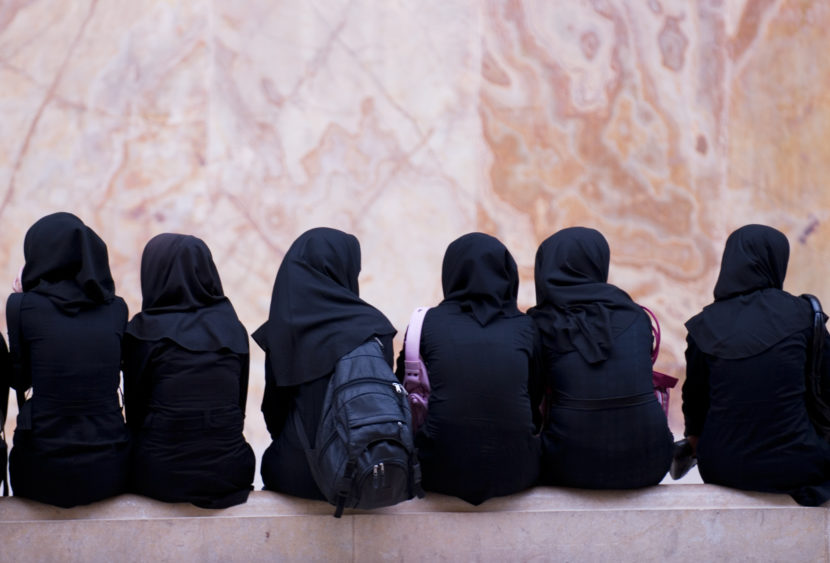Poisoning cases in Iranian schools have been a recurring problem, and the recent targeted chemical attacks against girls’ schools have made the situation even more dire. Since the initial incident of schoolgirls being poisoned in Qom in November 2022, there has been a concerning increase in similar incidents reported in schools throughout the state. The attacks have resulted in hundreds of schoolgirls being hospitalized, and many parents are now removing their daughters from school due to fear. Such incidents are a clear violation of children’s rights to a safe and healthy learning environment.
Context of violence against women and children in Iran
Iran underwent a transition from monarchy to republic in 1979 through the Iranian Revolution, during which the country made significant strides in educating and empowering girls, with 28% of them being illiterate at the time. The country’s efforts paid off, as by 2021, female literacy rates had soared to an impressive 99%, earning the state a UN award in 1998 for closing the gender gap in education.
At the time, over 60% of university students were women, a fact that Iran took great pride in. However, in recent years, protests have erupted on the streets as women and girls are demanding an end to a strict dress code. This could be one reason why perpetrators seek to prevent girls from attending school and deny them their fundamental right to education (The Iran Primer, 2023).
Child abuse in Iran is not a new phenomenon, and its negative effects on a child’s development and character are immediate and profound. According to the National Library of Medicine, studies have shown that the prevalence of child abuse in Iran is higher than that of developed countries but similar to that of other developing and underdeveloped countries. Physical punishment is also a common method of correcting children’s behavior in Iranian families, and unfortunately, this can lead to violent tendencies in some individuals later in life (Mohammadi M. R et al, 2014)
The scope of the current problem of poisoning
Iranian women and girls have been suffering under a brutal government regime for decades. Unfortunately, the most recent attacks have targeted children, specifically thousands of schoolgirls who were exercising their right to education. The first case was reported in November 2022 in the city of Qom where 18 girls got poisoned.
Since then, the attacks have spread to 91 schools across 20 provinces in the country. What’s even more frustrating is that the government was initially dismissing the poisonings, instead attributing the physical and mental trauma the girls experienced to stress (Kenny P, 2023).

Poisoning incidents targeting schoolgirls occurred across Iran, affecting students from elementary to high schools. Frustration grew among parents who accused the government of withholding toxicology reports, exacerbating the situation. As a result, teachers’ unions, parents, and ordinary citizens united in their efforts to pressure the government to take action and protect the children.
However, doctors were prohibited from attributing the deaths of affected girls to the gas attacks and instead had to cite other medical conditions as the cause. The state media and Iranian authorities’ handling of the situation has caused immeasurable damage (Amnesty International, 2023).
In less than a year, over thousands of Iranian girls have been poisoned, resulting in many of them being hospitalized due to symptoms such as respiratory distress, numbness in limbs, heart palpitations, headaches, nausea, and vomiting. The public learned of the situation when girls reported detecting the scent of chlorides.
However, it is now believed that nitrogen gas was the primary cause of the poisoning, despite its lack of odor and taste. The government’s failure to protect the schoolgirls’ right to health, protection and education, despite the alleged arrest of the perpetrators, has resulted in mounting global condemnation of Iran (The Iran Primer, 2023).
Challenges in investigating the poisoning incidents
To date, the international community has struggled to gain access to samples and verify the full extent of the situation in Iran, as the government has not been forthcoming with information. While some reports suggest that the girls were exposed to nitrogen gas during exams, doctors require blood samples to conduct thorough research, as environmental samples would be insufficient given the country’s hot climate. Some NGOs have drawn parallels between this incident and the poisoning of 600 schoolgirls in Herat, Afghanistan, but investigations into both incidents remain incomplete (Khan J. A. et al, 2023).

Foreign correspondents have reported that both media outlets and families are being denied access to visit the girls who are hospitalized. Moreover, the government is cracking down on anyone who investigates or seeks justice in this matter, punishing even activists for “spreading false rumors” and uncovering other cases that amount to a significantly higher number of victims (The Iran Primer, 2023). In addition, Iranian journalists who uncovered and reported on the poisoning incidents were subsequently detained.
Reporters Without Borders (RSF) have been advocating for the release of Ali Pourtabatabaei, the Iranian journalist who uncovered and reported on the first poisoning incident. However, their appeals have been ignored, and it remains unclear why he was detained and where he is currently being held. His social media accounts have also been suspended due to alleged violations. Sadly, this is not an isolated incident of the government cracking down on freedom of speech (RSF, 2023).
Stronger laws and actions to protect Iranian children
The poisoning of Iranian schoolgirls is not an isolated incident, but rather a symptom of a larger problem of violence against women and children in the country. The government’s handling of this crisis has only added insult to injury, with reports of censorship, arrests, and denial of access to information.
NGOs, governments, and activists must unite in their efforts to pressure the Iranian government to take action and protect its citizens, including implementing stronger laws against child abuse as well as protecting freedom of speech. Providing training for law enforcement and restructuring the child protection system could significantly improve the lives of women and children in the country.
It is time to end the culture of silence and impunity and hold perpetrators accountable for their crimes. No child should have to fear for their life while exercising their right to education. Through our projects, Humanium is working hard to ensure a safer and better future for girls. With corporation with Hand in Hand India, Humanium has helped open the Residential Special Training Centre in Madhya Pradesh, that would allow young girls to exercise freely their right to education and end child labor though tailored educational, physical, mental and emotional support.

If you want to support us in our efforts to create a better world for children, please consider donating, sponsoring a child, or becoming a volunteer with us. We appreciate your help!
Written by Lidija Misic
Bibliography:
Amnesty International (2023), Iran: Millions of schoolgirls at risk of poisoning. Retrieved from Amnesty International at https://www.amnesty.org/en/documents/mde13/6696/2023/en/, accessed on April 30, 2023.
BBC (2022), Iran investigates poisoning of hundreds of schoolgirls with toxic gas. Retrieved from BBC at https://www.bbc.com/news/world-middle-east-64797957, accessed on April 30, 2023.
Kenny Peter (2023), UN experts outraged over poisoning of Iranian schoolgirls. Retrieved from Anadolu Agency at https://www.aa.com.tr/en/world/un-experts-outraged-over-poisoning-of-iranian-schoolgirls/2847976, accessed on April 30, 2023.
Khan J. Aina et al (2023), What’s behind the crisis in Iran over the suspected poisoning of schoolgirls? Retrieved from NBC News at https://www.nbcnews.com/news/world/iran-suspected-poisoning-schoolgirls-explained-rcna73499, accessed on April 30, 2023.
Mohammadi R. Mohammad et al (2014), Child Abuse in Iran: a systematic review and meta-analysis. Retrieved from National Library of Medicine at https://www.ncbi.nlm.nih.gov/pmc/articles/PMC4277799/, accessed on April 30, 2023.
RWB (2023), Iranian authorities arrest reporter who covered schoolgirl poisonings. Retrieved from Reporters Without Borders at https://rsf.org/en/iranian-authorities-arrest-reporter-who-covered-schoolgirl-poisonings, accessed on April 30, 2023.
The Iran Primer (2023), Mass Poisoning of Schoolgirls in Iran. Retrieved from The Iran Primer at https://iranprimer.usip.org/blog/2023/mar/08/mass-poisoning-schoolgirls-iran, accessed on April 30, 2023.


